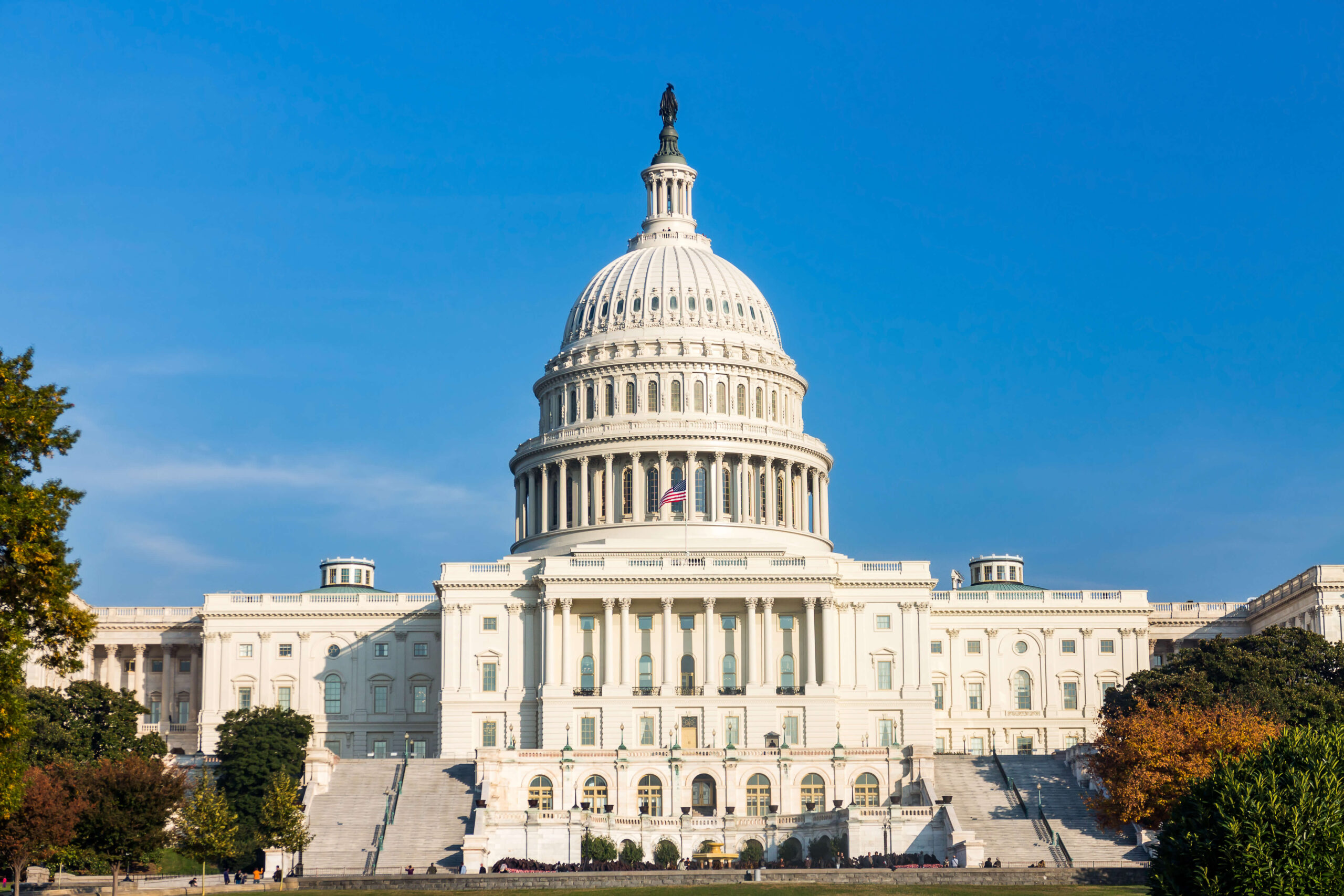On August 8, 2020, President Donald Trump issued a memorandum, which establishes a “lost wages assistance program” to help workers affected by the COVID-19 pandemic by dipping into the U.S. Department of Homeland Security’s (DHS) Disaster Relief Fund (DRF). If a state agrees to participate in the program, covered individuals will receive an additional $300 per week in addition to their existing unemployment benefits. The “Memorandum on Authorizing the Other Needs Assistance Program for Major Disaster Declarations Related to Coronavirus Disease 2019” encourages participating states to contribute an additional $100 per week, which would bring the weekly premium for eligible recipients to $400. States are not required to participate in the program, but if they do participate, they must contribute the $100 per worker as prescribed by the memorandum (more on this below).
The memorandum essentially consists of two parts:
The first part encourages states to use the more than $80 billion in remaining Coronavirus Aid, Relief, and Economic Security (CARES) Act funds to pay a 25 percent share (i.e., $100 per covered individual per week) of “temporary enhanced financial support to those whose jobs or wages have been adversely affected by COVID-19.” A memorandum from the U.S. Department of Labor reportedly explains that a participating state can satisfy this 25 percent contribution via the existing unemployment insurance benefits it pays out and need not contribute any additional funds. In such a situation, the lost wages assistance program would pay $300 extra per week to covered individuals.
The second part of the memorandum directs DHS, acting through the Federal Emergency Management Agency (FEMA), to make available “up to $44 billion from the DRF” to states—at their request—for “delivery of financial assistance for lost wages in conjunction with the State’s unemployment insurance system.”
The parameters of the lost wages assistance program are as follows:
Eligibility
Individuals who receive at least $100 each week of existing assistance and who can certify that they are unemployed or partially unemployed due to COVID-19 are eligible for the lost wages assistance program.
Amount of assistance
The memorandum notes that FEMA shall “approve a lost wages assistance program that authorizes the Governor [of the requesting state] to provide a $400 payment per week, which shall reflect a $300 Federal contribution, to eligible claimants from the week of unemployment ending August 1, 2020.” However, as described above, it appears that in at least some circumstances, this benefit may be limited to $300 per week.
Termination of lost wages assistance program
The federal lost wages assistance program will terminate when the DRF is depleted to $25 billion or on December 6, 2020, whichever occurs first. Further, the program will terminate upon the enactment of federal legislation addressing unemployment insurance to assist workers who have lost jobs or wages due to the pandemic.
Several questions about the lost wages assistance program remain. For example, the memorandum requires a state to deliver the aid “in conjunction with the State’s unemployment insurance system.” With states already facing logistical challenges related to getting unemployment benefit payments out the door, it is unclear how they will manage to administer these new payments. Additionally, even though Congress currently appears far from an agreement on extending unemployment insurance benefits, will states be willing to invest the time and resources into the program knowing that it will disappear as soon as Congress passes legislation? Finally, because Congress has the “power of the purse” there may be constitutional concerns with the memorandum, but query whether anyone will want to challenge an executive action that, even with its potential problems, may result in providing much-needed benefits to unemployed workers.
Ogletree Deakins will continue to monitor and report on developments with respect to the COVID-19 pandemic and will post updates in the firm’s Coronavirus (COVID-19) Resource Center as additional information becomes available. Important information for employers is also available via the firm’s webinar programs.







